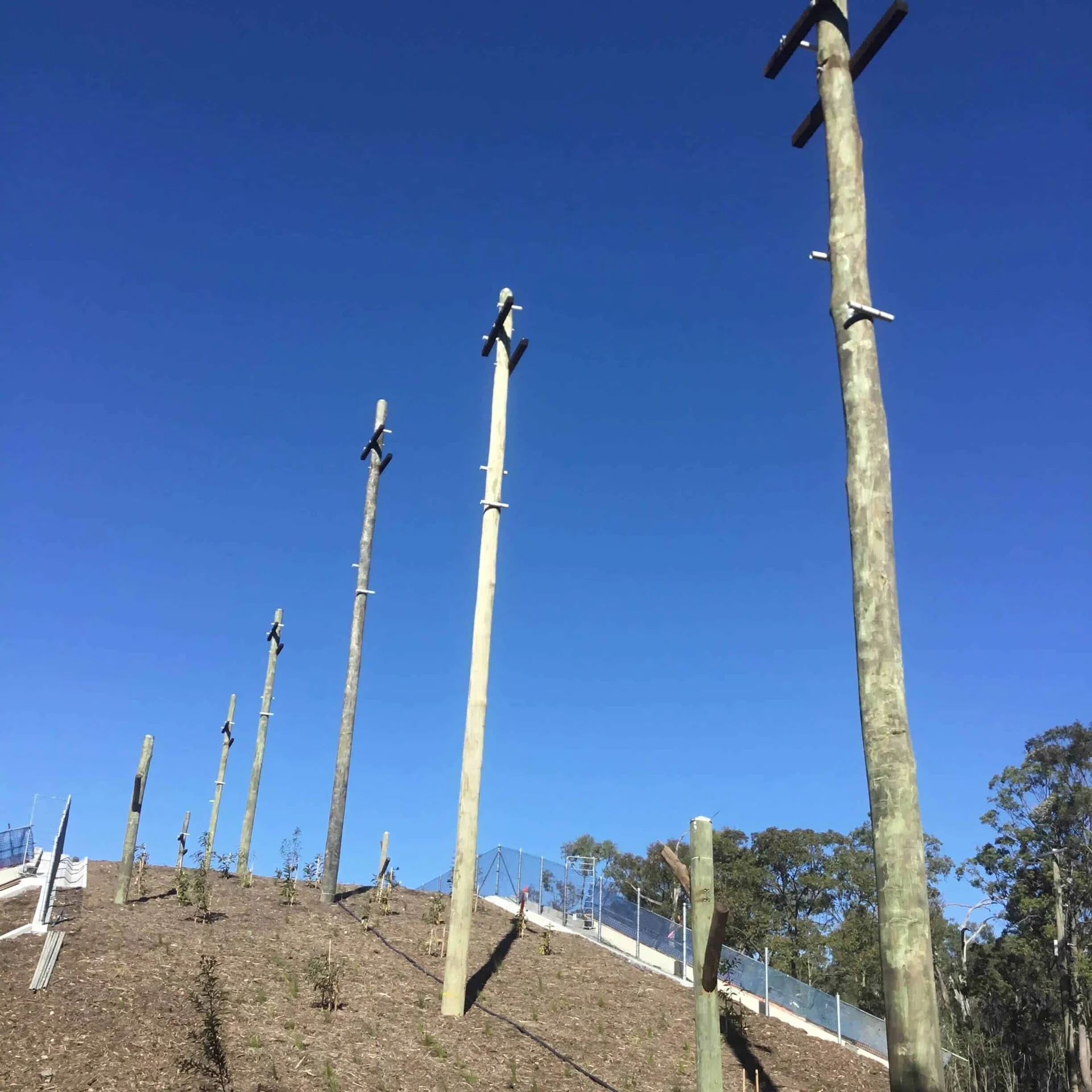This is my 260th Blog, and even though Rick McLean rightly accuses me of being a mathematical dunce, my blog does represent the culmination of five years of continuous bloggery. The blog has appeared without fail every Friday morning; it’s generally about 3000 words, but hopefully not prolix.
I thought I would take the opportunity to make a comment on influencers as distinct from commentators – one manifestation of which is the pure blogger as myself. I use the blog as a memoir both of my life, the lessons learnt and my autumn views as a drift towards my inevitable meeting with the Fell Sergeant.
 The influencers used to be called con artists, grifters, snake oil salesmen, charlatans, flimflam men, mountebanks. The modern so-called influencer is more often a young woman – hence just to call out influencers as men is a bit of a misnomer.
The influencers used to be called con artists, grifters, snake oil salesmen, charlatans, flimflam men, mountebanks. The modern so-called influencer is more often a young woman – hence just to call out influencers as men is a bit of a misnomer.
Social media has abetted this phenomenon. The remedies spruiked by these so-called influencers are at best placebo, at worst toxic. There is generally no tested scientific evidence produced to back up the claims. That doesn’t then change by wheeling out a pliant health professional to further spruik the claim, given that these professionals may themselves have fake degrees, because who is going to check whether the spruiker is in fact a legitimate doctor, for instance?
This behaviour is abetted by commercial television running some of this material as news whereas it is an advertorial at best, or some of the advertisements being run, particularly by those warehouse dispensers of cosmetics, soft toys and rubbish remedies. These straight-faced owners refer to themselves as pharmacies, because in amongst the rivers of snake oil, they are also licensed to dispense medicines that are clearly therapeutic. This licence should be reviewed, as it is not because Australia has a dearth of pharmacies who deliver their major ostensible function – that of dispensing medicines not quackery.
The Therapeutic Goods Administration looks on, metaphorically chewing a blade of grass, and does nothing. What I find particularly objectionable is the image of a seemingly healthy person coming to the checkout with a basket of whatever, promoting the image of the pharmacy as being akin to a supermarket. Perhaps one can ask the question of whether this represents the payoff to the Pharmacy Guild as being one of the biggest donors to the political parties.
What I find in need of very positive action, and I blame my own body of public health physicians for not being warriors against the anti-fluoride mob but also against the more destructive anti-vaxxers.
The brouhaha over the COVID anti-vaxxers is perhaps understandable, but those who advocate against the measles vaccine are criminal and should be treated as such, if it were not for the timid approach by government. They should be prosecuted and, if found guilty, locked up for a long time so they can’t spread their vile message. The problem is some of those deserving of being locked up are probably parliamentarians.
Let me act as somebody who deals in personal observation and experience. When I was about seven, I contracted measles, as everybody else in the class and the junior school did and was very sick. Likewise, my sons. This was before the measles vaccine was available. Measles is very contagious, so measles epidemics sweep quickly through child populations.
Most of us recover, but I was witness to the daughter of the late Gay Davidson who contracted subacute sclerosing panencephalitis following measles. From a bright intelligent child, over a few months, she declined into a persistent vegetative state in terms of her cerebral function. Tragic hardly described her decline from this rare but devastating complication of measles until death mercifully intervened.
Gay contributed her wholehearted support to Michael Wooldridge, then the newly-appointed Minister of Health, who embarked on a wide-ranging successful vaccination campaign, his major achievement. This is in danger of unravelling in the face of these anti-vaxxers and Australia, through the agitation by these malignant influencers, will be plunged back to those days when there were no vaccines but plenty of useless herbal remedies. You anti-vaxxers should go and visit colonial graveyards and see the consequences to which you want Australia to revert.
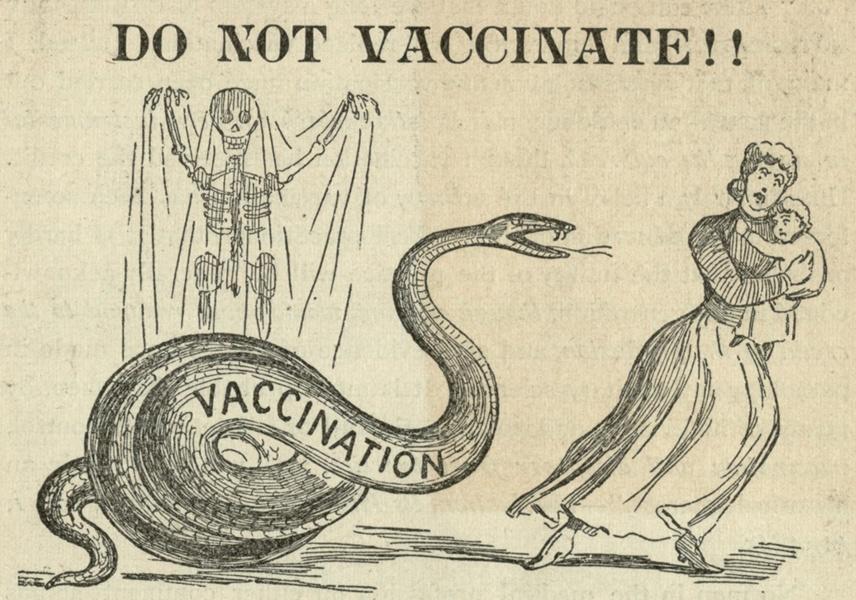 By the way, you anti-vaxxers, do you also want to see children paralysed by poliomyelitis? I have lived through an epidemic. Boys died at my school in the last epidemic when I was about ten, when there was no vaccine. Most of you would not remember that probably you as a child were given Sabin vaccine, before you could make your malignant judgement to clamour for all vaccines to be banned. But what of your children, you influencers?
By the way, you anti-vaxxers, do you also want to see children paralysed by poliomyelitis? I have lived through an epidemic. Boys died at my school in the last epidemic when I was about ten, when there was no vaccine. Most of you would not remember that probably you as a child were given Sabin vaccine, before you could make your malignant judgement to clamour for all vaccines to be banned. But what of your children, you influencers?
You collectively disgust me.
Calculus – a necessity for being employed by Chemist Warehouse?
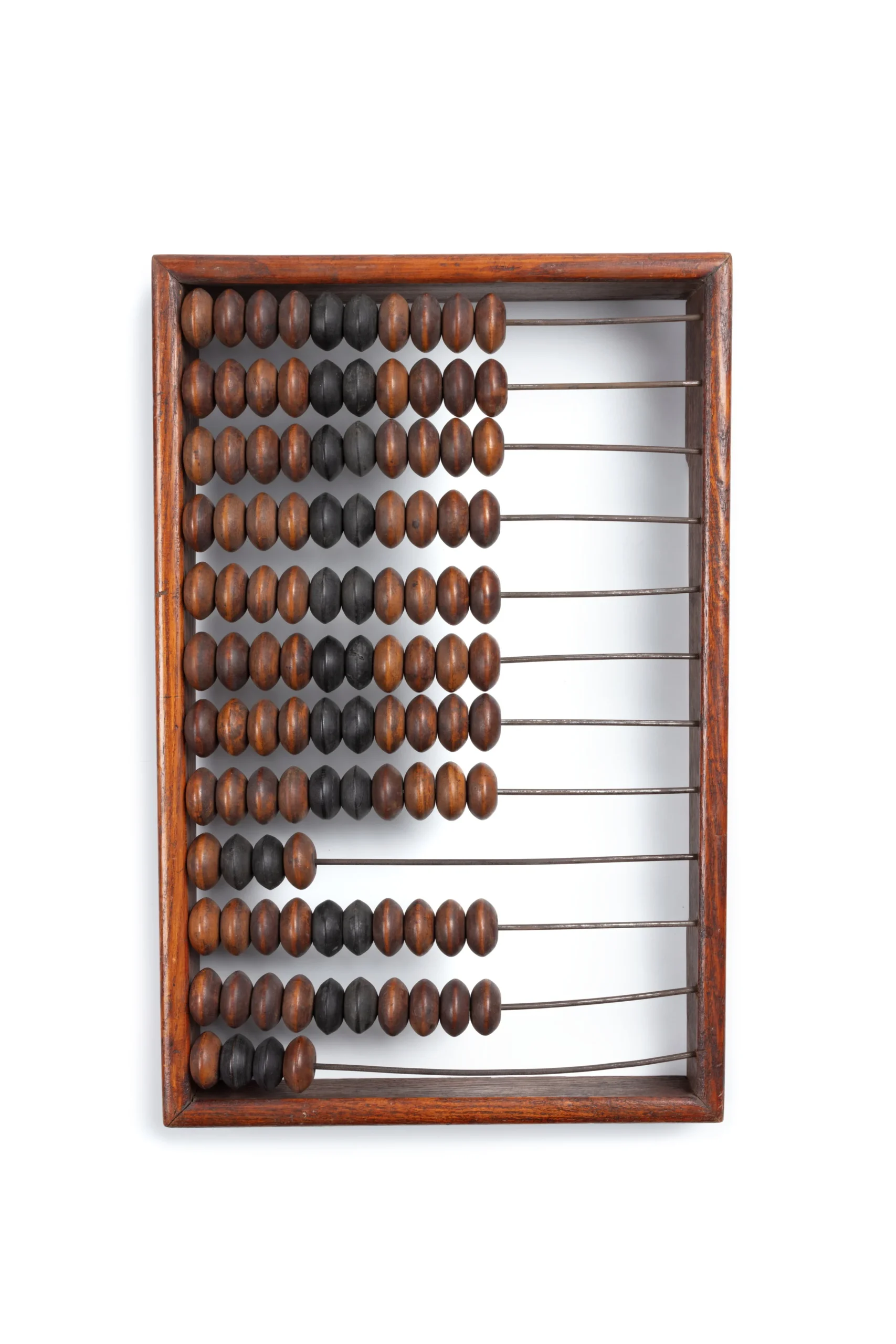 Almost as a footnote to the above is the announcement that the University of Sydney is abandoning mathematics as a prerequisite for a number of courses at the University. The change will mean degrees including commerce, science, medicine, psychology, veterinary science and economics will no longer require students to have undertaken advanced maths in year 12.
Almost as a footnote to the above is the announcement that the University of Sydney is abandoning mathematics as a prerequisite for a number of courses at the University. The change will mean degrees including commerce, science, medicine, psychology, veterinary science and economics will no longer require students to have undertaken advanced maths in year 12.
Degrees in engineering, advanced computing and pharmacy will retain the mathematics prerequisite. Pharmacy? Why? For a legion of predominantly glorified shopkeepers. Maybe someone can explain the logic of this to me.
The Boyo from Fermanagh
I was surprised that Barrie Cassidy posted the following fact. The Liberal Party has held Dunkley for 23 years between 1996 to 2019. Full stop. Yes, the statement is true. Not worth the tweet, underlying the comment was an underlying innuendo that Albanese has achieved some magnificent victory.
If that is so, then I’m very surprised as I believed Cassidy, despite his Labor bias, would not indulge in this form of shorthand bias, without supplying appropriate background information to justify his innuendo.
Easy to find another source to amplify the Cassidy statement. The following was written before the 2019 Federal election. Note there is no mention made of the late Peta Murphy’s electability, although in her eulogies she was a very good local member worth at least a few percentage points.
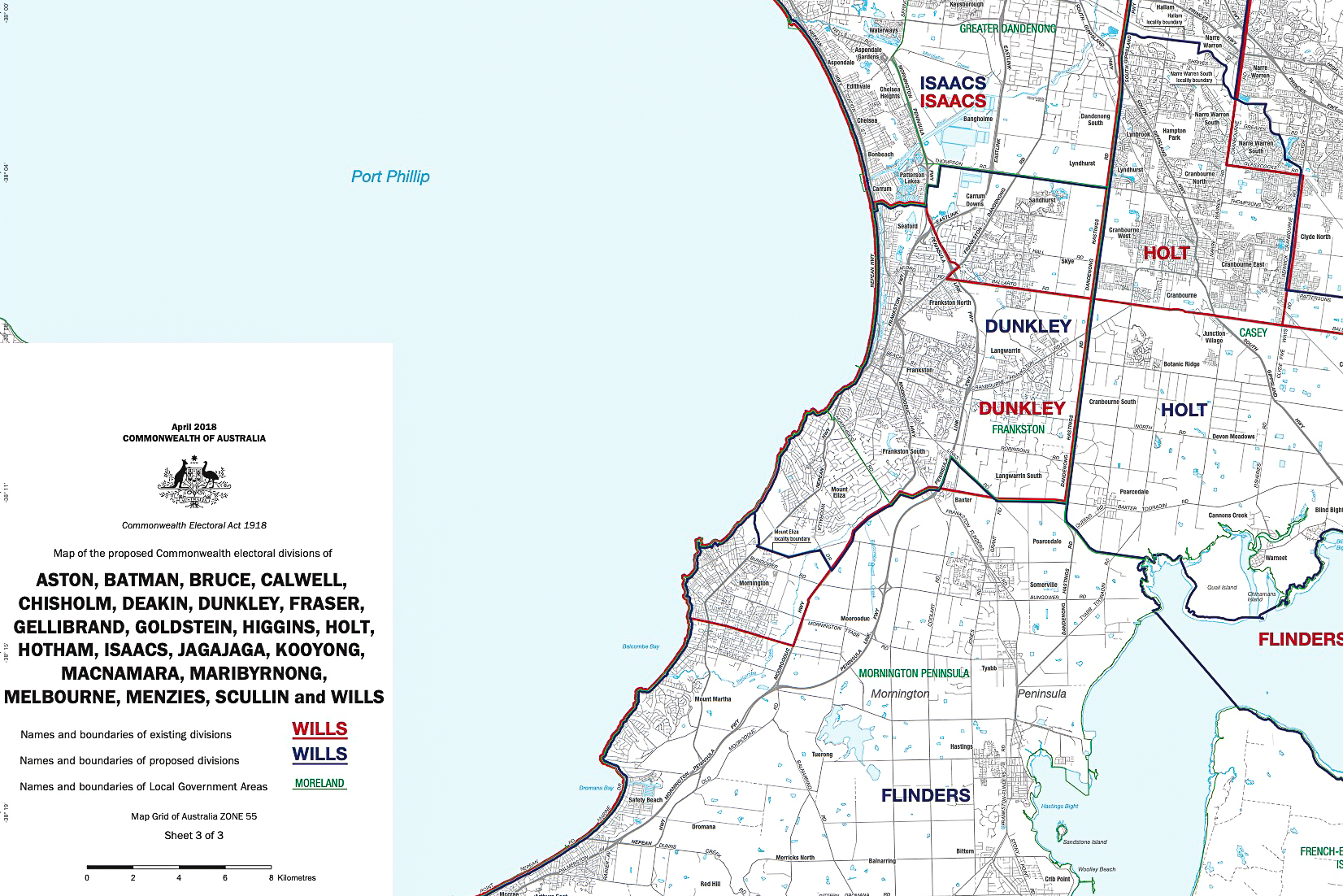
The Australian Electoral Commission’s (AEC) 2018 redistribution shifted Dunkley’s boundaries, making the seat – Liberal since 1996 – a notional Labor one.
Centred on the city of Frankston, an outer-metropolitan hub for services, the electorate extends into the expanding suburban swath of the south-eastern sand belt.
The Redistribution Committee removed Liberal-leaning Mornington from the south of the electorate and added Labor-leaning Carrum Downs, Sandhurst and Skye in the north.
Liberal MP for Dunkley Chris Crewther has some advantage as an incumbent, but may struggle to keep the seat, Monash University political researcher Dr Nick Economou has told The Junction.
“People who are defending marginal seats whose boundaries have been altered so that’s now notionally a seat for the other side, they’ve got very little chance of defending that seat,” Economou said citing the 1994 redistribution that added Mornington, Langwarrin and Mount Eliza to Dunkley. Two years later, the Liberals won Dunkley from Labor and have held it ever since.
Yes, Barrie, respectfully given you are a child of ABC gravitas, it does seem to be a case of redistributing the sea urchins with more flounder.
Opinion of BARRETT, J.
SUPREME COURT OF THE UNITED STATES No. 23–719 DONALD J. TRUMP, PETITIONER v. NORMA ANDERSON, ET AL.
ON WRIT OF CERTIORARI TO THE SUPREME COURT OF COLORADO [March 4, 2024]
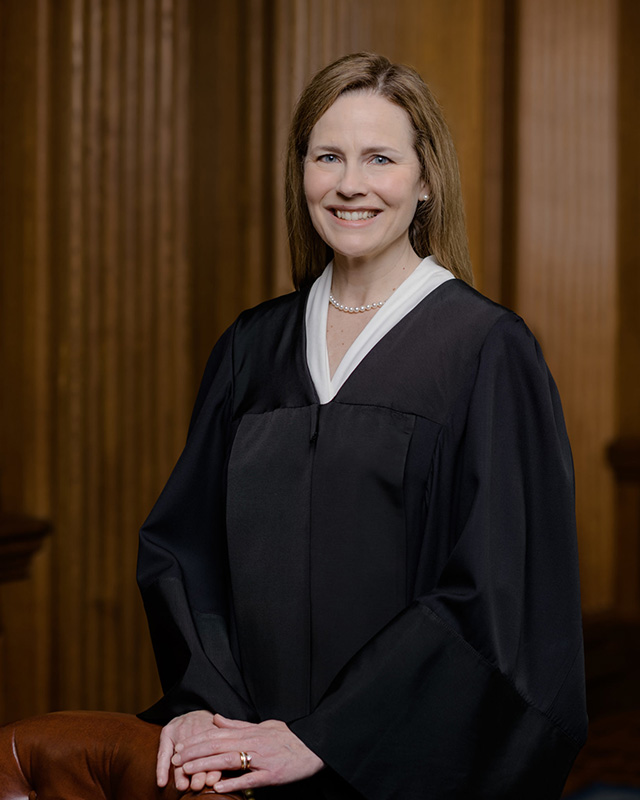
JUSTICE BARRETT, concurring in part and concurring in the judgment. I join Parts I and II–B of the Court’s opinion. I agree that States lack the power to enforce Section 3 against Presidential candidates. That principle is sufficient to resolve this case, and I would decide no more than that. This suit was brought by Colorado voters under state law in state court. It does not require us to address the complicated question whether federal legislation is the exclusive vehicle through which Section 3 can be enforced.
The majority’s choice of a different path leaves the remaining Justices with a choice of how to respond. In my judgment, this is not the time to amplify disagreement with stridency. The Court has settled a politically charged issue in the volatile season of a Presidential election. Particularly in this circumstance, writings on the Court should turn the national temperature down, not up. For present purposes, our differences are far less important than our unanimity: All nine Justices agree on the outcome of this case. That is the message Americans should take home.
This judgement is very brief and, while agreeing with her liberal-minded justices, she has a very measured approach in her views on the direction of the USA, quite the opposite to those of Trump. She may not be the lackey of Trump, given the manner of her appointment, after all.
It was galling for this obscure jurist, being catapulted first onto the Federal Court of Appeals and then onto the Supreme Court by a man known for his misogyny and belief that women are dirt. In fact, this New Orleans born graduate from Notre Dame summa cum laude came from a devout Roman Catholic family. She is married to another lawyer and has seven children, two of which are adopted Haitian orphans; the youngest biological child was born with Down’s Syndrome. Busy woman, she was first promoted to the Federal appeals court by Trump in 2017. (These appointments, like the Supreme Court, are lifetime).
She is a constitutional originalist, but a believer that she has a destiny to change the social fabric of the USA. Her views can be contrasted with some of the other conservative judges as described in The New Yorker (sic): A decade ago, Chief Justice John Roberts committed the unpardonable sin of providing a critical vote to keep the Affordable Care Act in place. In 2020, the seemingly stalwart Gorsuch delivered a blow, writing the majority opinion in a case which held that civil-rights legislation protected gay and transgender workers from discrimination.
Gorsuch is also a strong defendant of native American rights, shown in his judgements.
Justice Brett Kavanaugh, after a messy nomination process, has allegedly been a disappointment to Trump because he seems to hew to the more orthodox conservative line of the Chief Justice. In 2023, he and the Chief Justice joined the three liberal justices in striking down the Alabama racist gerrymander aimed to limit the number of black districts in Alabama.
Commentators have waxed lyrical about Barrett’s two paragraph judgement, as though its laconicity resembles that of the Gettysburg Address. Far from my optimistic first paragraph, it may be alternatively interpreted as just a shorthand for her avowed world domination belief, but in a more acceptable form than that of her sponsor, the orange buffoon. We await her next move.
Another model?
I have reprinted this Washington Post article about how the retail firm, Costco is run in USA.
There are 15 Costco outlets in Australia, and on the positive side, they are said to have inter alia a wide selection of quality meat and seafood at competitive prices, and an exceptional hassle-free returns policy for non-perishables. On the negative side there is very little in the way of in-store customer service, minimal brand selection, inconsistent product availability and bulk options only, as one source opines.
 The warehouse stores need a lot of space, therefore there may not be one close to where you live. This may even mean paying tolls to get there, some Costco stores charge for parking and then there are the crowds – fighting them for parking, for getting a trolley, for space along unmarked aisles, getting onto the lift with your trolley, and the queueing! Overall, it is a lack of access and convenience.
The warehouse stores need a lot of space, therefore there may not be one close to where you live. This may even mean paying tolls to get there, some Costco stores charge for parking and then there are the crowds – fighting them for parking, for getting a trolley, for space along unmarked aisles, getting onto the lift with your trolley, and the queueing! Overall, it is a lack of access and convenience.
If Coles and Woolworths were forced to release the land they are hoarding so there was a level ground for access, would Costco expand? Or what if access remains distorted? Will Costco leave Australia?
If measured against a competitor for fresh produce in the USA, Costco fared worse in five out of eight fruits and vegetable, but it was just a one-off limited sample. Unfortunately this type of sampling has a tendency to spread like wildfire.
However, back to “the Costco American Shangri-la”, which should give the industry food for thought (pardon the pun); but how applicable is it to Australia?
In the nearly 40 years that The Economist has served up its Big Mac Index, the price of the McDonald’s burger in America has more than tripled. In that same period the cost of another meaty treat—a hot-dog-and-drink combo at Costco—has remained steady at $1.50. Last year customers of the American big-box retailer devoured 200m of them. Richard Galanti, Costco’s longtime finance boss, once promised to keep the price frozen “for ever”.
Customers are not the only fans of Costco, as the outpouring of affection from Wall Street analysts made clear. In nearly 40 years, the firm’s share price is 430 times compared with 25 times for the S&P 500 index of large companies. It has continued to outperform the market in recent years.
What lies behind its enduring success?
Costco is the world’s third-biggest retailer, behind Walmart and Amazon. Though its sales are less than half of Walmart’s, its return on capital, at nearly 20%, is more than twice as high. Costco’s business model is guided by a simple idea—offer high-quality products at the lowest prices. It does this by keeping markups low while charging a fixed membership fee and stocking fewer distinct products, all while treating its employees generously.
Start with margins. Most retailers boost profits by marking up prices. Not Costco. Its gross margins hover around 12%, compared with Walmart’s 24%. The company makes up the shortfall through its membership fees: customers pay $60 or more a year to shop at its stores. In 2023 fees from its 129m members netted $4.6bn, more than half of Costco’s operating profits. The membership model creates a virtuous circle. The more members the company has, the greater its buying power, leading to better deals with suppliers, most of which are then passed on to its members. The fee also encourages customers to focus their spending at Costco, rather than shopping around. That seems to work; membership-renewal rates are upwards of 90%.
Next, consider the way the company manages its product line up. Costco stores stock a limited selection of about 3,800 distinct items. Sam’s Club, Walmart’s Costco-like competitor, carries about 7,000. A Walmart superstore has around 120,000. Buying more from fewer suppliers gives the company even greater bargaining power, lowering prices further, and better in maintaining quality. Less variety in stores helps it use space more efficiently: its sales per square foot are three times that of Walmart. And with fewer products, Costco turns over its wares almost twice as fast as usual for retailers, meaning less capital gets tied up in inventory. It has also expanded its own brand, Kirkland Signature, which now accounts for over a quarter of its sales,
Finally, Costco stands out among retailers for how it treats its employees. Some 60% of retail employees leave their jobs each year. Staff turnover at Costco is just 8%; over a third of workers have been there for more than ten years. One reason for low attrition is pay. Its wages are higher than the industry average and it offers generous medical and retirement benefits. Another is career prospects preferring to promote leaders from within.
A Brief Moment of Culinary Joy
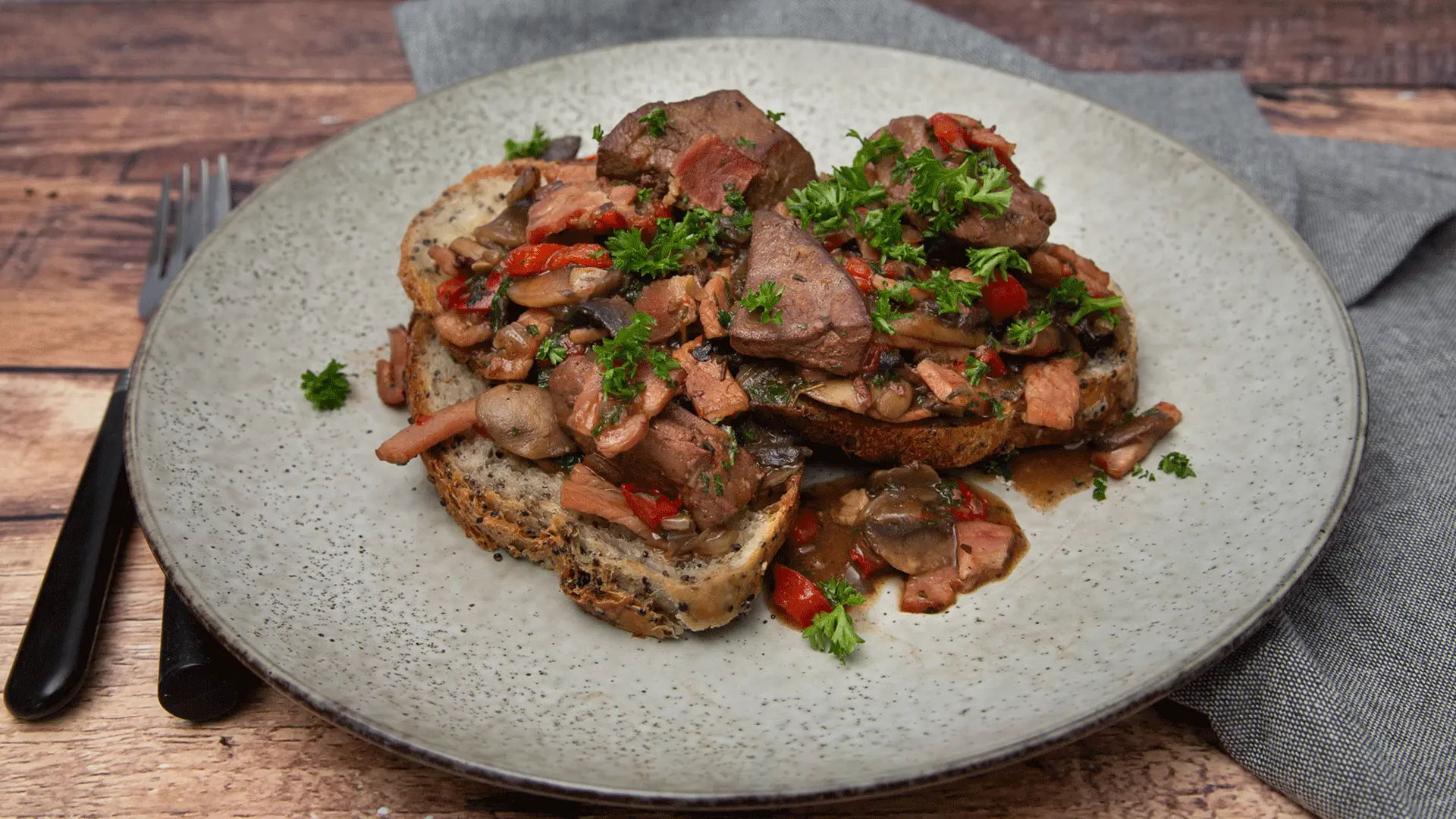 There is no better breakfast delight than to have lamb’s fry with bacon and onions or grilled kidneys on toast. It used to be a regular on the menu of country pubs, and even down at my favourite watering hole in Balmain.
There is no better breakfast delight than to have lamb’s fry with bacon and onions or grilled kidneys on toast. It used to be a regular on the menu of country pubs, and even down at my favourite watering hole in Balmain.
They, particularly liver, have now become almost impossible to obtain. The reason is that that these products are being exported, unless one buys in bulk. The local butchers shy away. It has become unfashionable because as it is unavailable then the younger audience miss the ecstasy of liver and kidneys properly cooked. Tomato and smashed avocado on toast have intervened.
But heaven came unexpectedly, when we picked up lamb’s liver – the “fry” from the local Strahan supermarket. Monday night’s dinner was a return to gastronomic bliss.
But remember, add a few drops of Worcestershire sauce to enter a state of hyper-bliss.
Moladh le Clann MhicIlleathain
(Jack Best is) not only an occasional belletrist and litterateur, but also poet, policy expert and polemicist, and a curious researcher.
I have read many of his blogs although I must admit not all of them. They have all been wonderfully entertaining and I relish opening up a new one each Friday morning.
And with his blog, he has taken to linking words, in the form of titles, to numbers in the most challenging way.
Sometimes I can provide some feedback, primarily just to show that I have read it, rather than provide anything useful or insightful.
But then it takes much longer than the time required to read the blog to try to work out the link between the blog number and the blog title.
In the beginning, or for at least the first 10, it was mostly simple but it has now become increasingly difficult because he does not reuse the same link each time.
If the title is “T” and the number is “N” the link “L” could be, for example, that the city T is N kilometres from a particular place L on one occasion. But on another occasion, it could be that flying in the air of a particular island T there are N species of birds – L. Or that if a particular US football player T has his playing number L linked to the name of his team, you end up with N.
So, the victor in the Battle of Association is the person who can come up with the link L between title T and number N, which I suggest be known as the Tit-Li-Num to explain it a bit better. Probably sounds a bit better than the Num-Li-Tit which sounds like an endangered bird species.
I used to get a few right but most recently, it has been next to impossible. I must admit that if I do get one out, I feel quite pleased with myself and when I don’t, despite learning lots on the Internet about esoteric places or strange people, I need to ask for the link just to see what I missed. Very occasionally I have detected an error in the number, which is probably because he isn’t good at maths, but it could also be just to see who does their research properly!
I think he would say, to paraphrase Hilaire Belloc, ‘When I am dead, I hope it may be said: “His sins were scarlet, but his blogs were read.”
Bring on the next one!

The author of the above, Cardinal Rick McLean is a friend, who has been consistent in attempting to solve the number of the blog and attempting to make the link with the title. For instance, the 260th blog is the name of a cave in Iceland which is 260 metres long. It enables those intrigued to indulge in a hunt for the association; and from my point of view it has been increasingly difficult in associating the name with the number without repeating myself. Some have become close, but I have not taken the easy course, by labelling each blog with, for instance, the first 260 ranked tennis players in the World. That would have been tedious, predictable and the curse for all bloggers – that of being boring.
By the way, 261 is A Failed Jackscrew, for those wishing to join in.
Mouse Whisper
Ms Dichlicka, the CEO of Doolittle Airlines has announced that small pets may be carried on board provided they can be crammed under the passenger seat in front. To enquiries as to whether Irish wolfhounds would qualify, she said yes provided that they fit under the seat in front of the owner. There would be no measurement, this being left to the owner’s discretion in order to speed up the boarding so that the Doolittle Express planes can take off on time. She added that the airlines’ guests, as she categorised the paying passengers, would be asked to tolerate the barking, mewing and other animal speech, as a concession to the airline’s fauna friendly policy.
If the trial was successful, expect perches to be discreetly arranged in the aircraft, in order that birds of appropriate lineage can be accommodated. First class would be fitted out with mews to house one’s hunting falcon.
Pardon, a shivering mouse used to the aircraft pantry when he flies. I now may be therefore construed as a small pet and as such I may travel at my boss’s feet. I hope that if consigned to the middle undercroft, I am not placed between two voracious felines.
Finally, there is hope. Ms Dichlicka said that the changes would be instituted later in the century, long enough away for everybody to forget that this brilliantly ludicrous policy has well and truly been consigned to the public relations office wastepaper basket, especially if you look at the various policies the nine American airlines have confusingly introduced – namely United Coyote, Alaskan Mush and Delta Caiman.
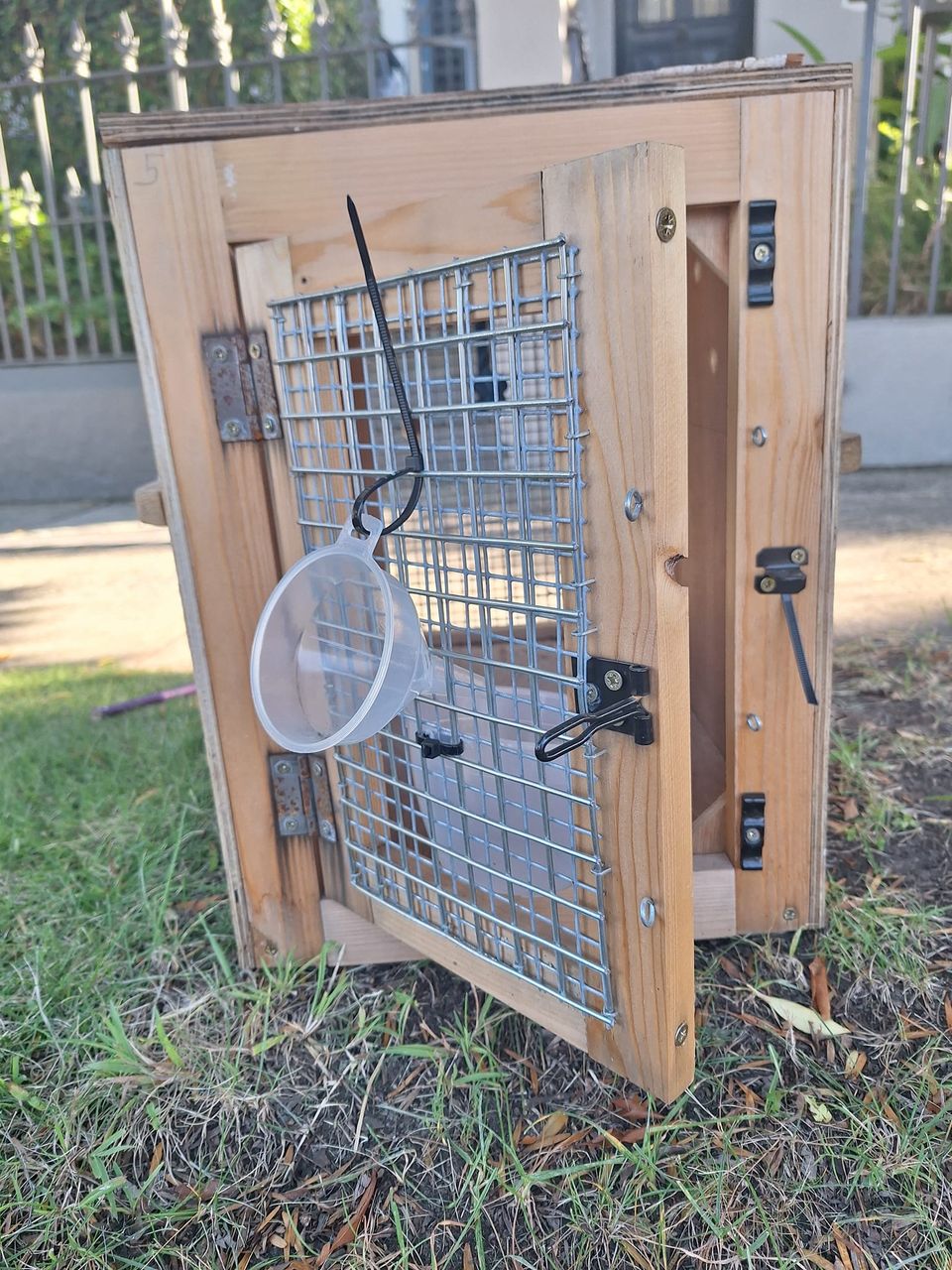


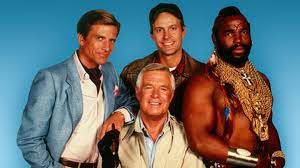
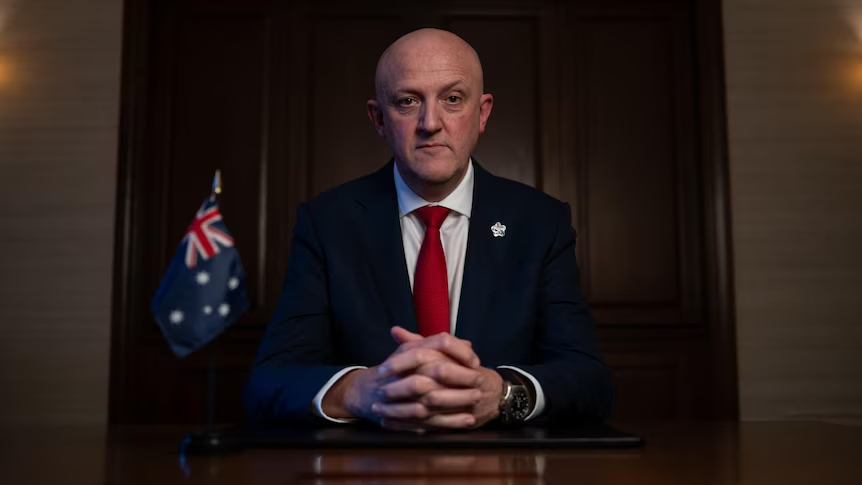
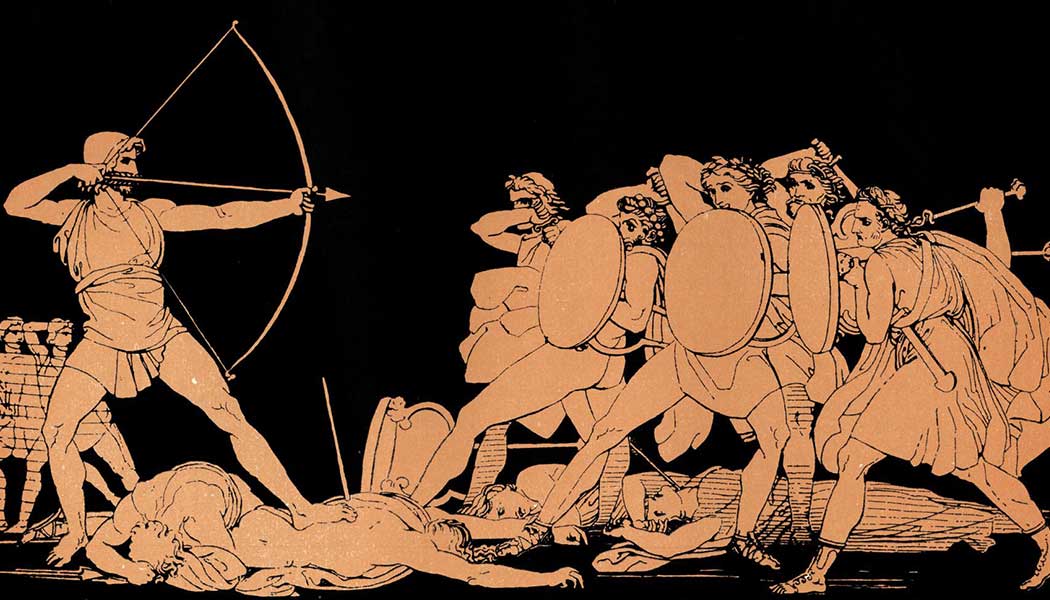
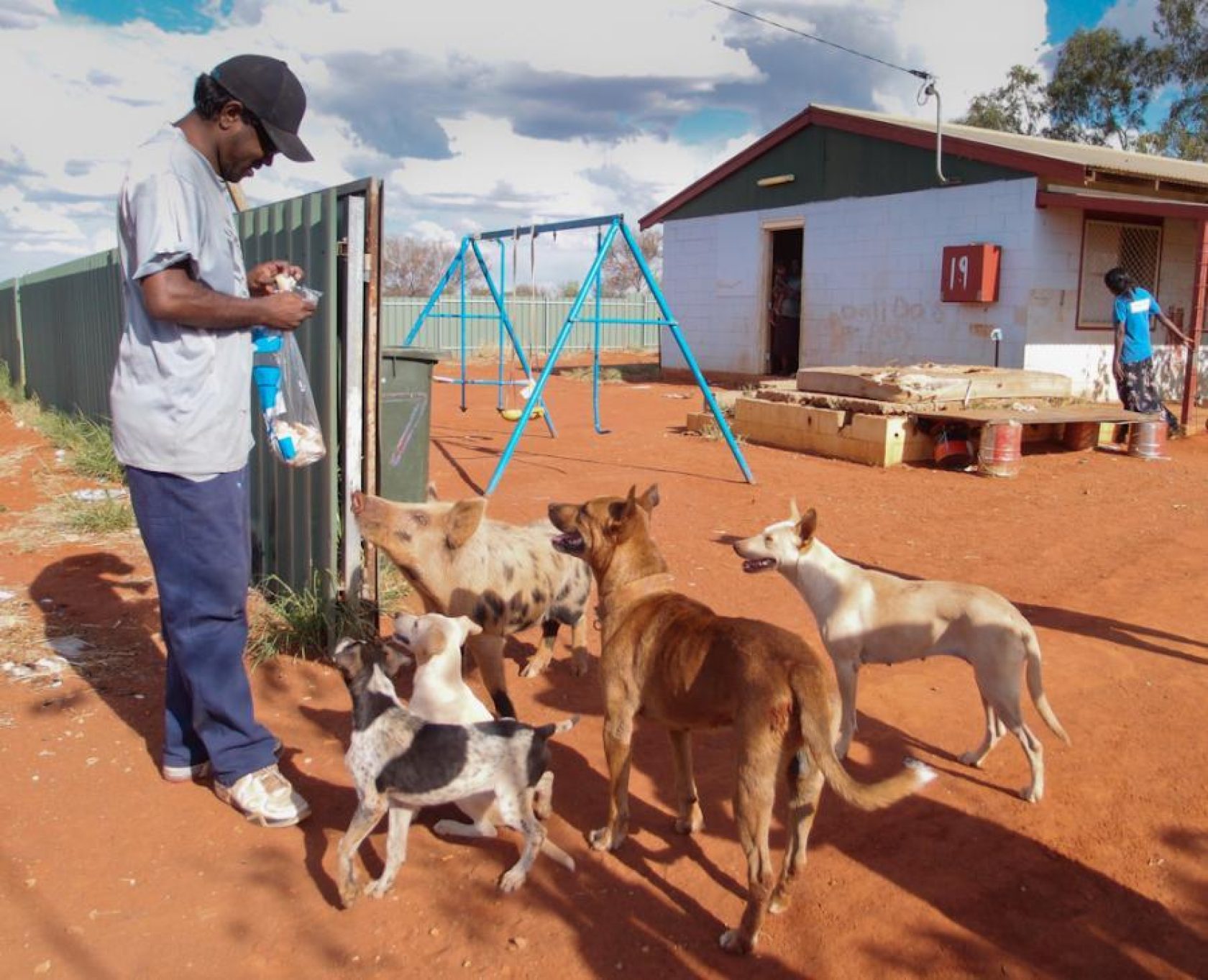
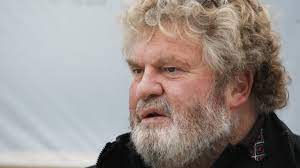
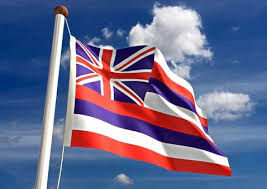
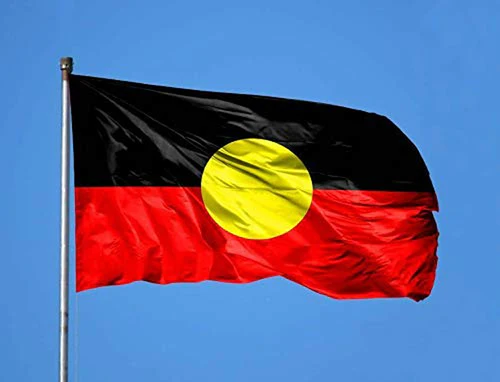

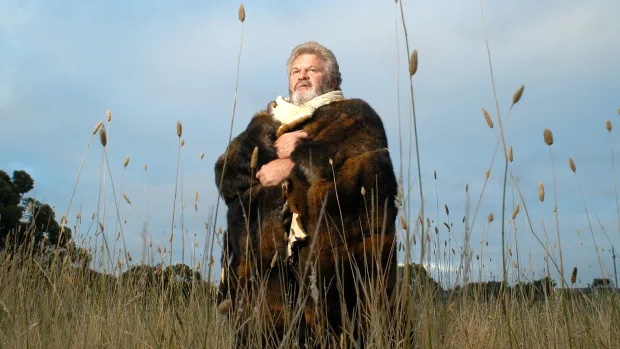
 The ball was bounced and was kicked towards the Melbourne goal. Suddenly, out of the pack Ron Barassi exploded, grabbed the ball, kicked the goal. In less than a minute, the Grand Final was over. Barassi went on to be best on ground, kicking five goals. Melbourne won by 61 points.
The ball was bounced and was kicked towards the Melbourne goal. Suddenly, out of the pack Ron Barassi exploded, grabbed the ball, kicked the goal. In less than a minute, the Grand Final was over. Barassi went on to be best on ground, kicking five goals. Melbourne won by 61 points.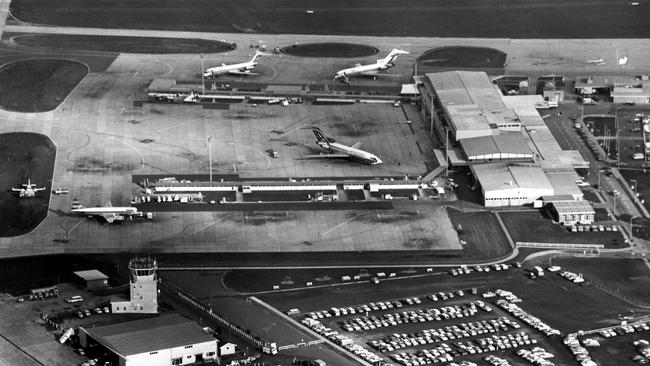
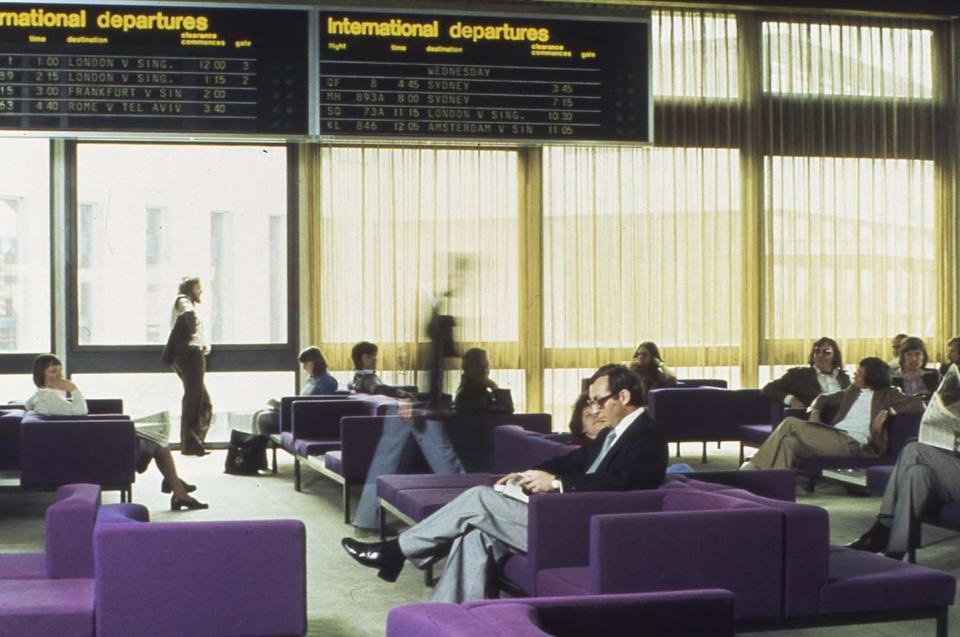
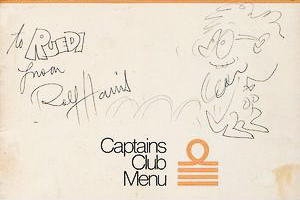
 Having worked with and for the Royal Flying Doctor Service (RFDS), I was somewhat surprised by the latest advertisement seeking contributions from the public. Depressingly all the images are of whitefellas being treated in what are unconvincing imagery. To spend a great deal of money to provide an aerial medical service to the outback stations and small settlements without any acknowledgement that one of the major communities which require the service RFDS is the Aboriginal community.
Having worked with and for the Royal Flying Doctor Service (RFDS), I was somewhat surprised by the latest advertisement seeking contributions from the public. Depressingly all the images are of whitefellas being treated in what are unconvincing imagery. To spend a great deal of money to provide an aerial medical service to the outback stations and small settlements without any acknowledgement that one of the major communities which require the service RFDS is the Aboriginal community.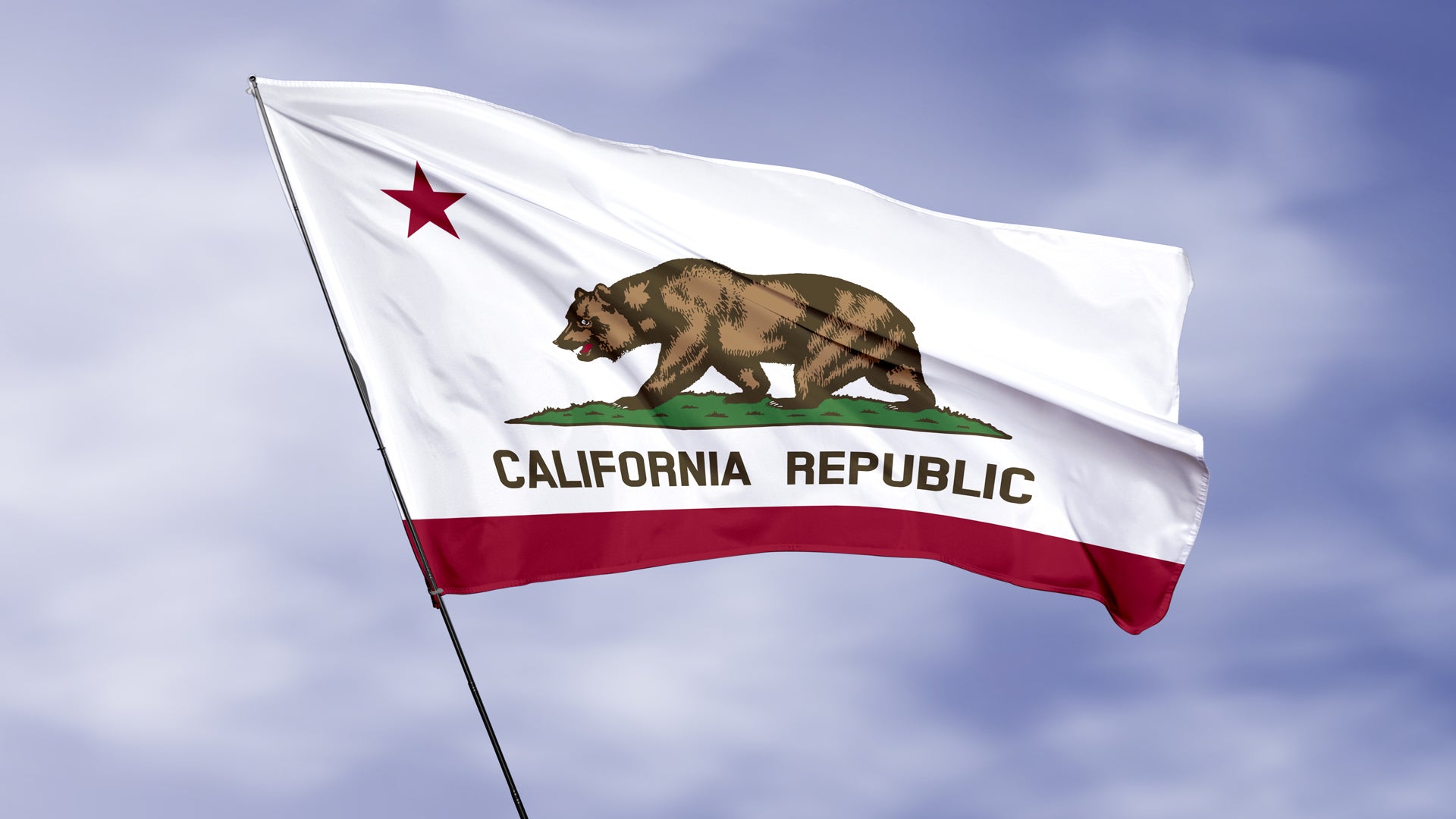
 What were those long poles doing lining the highway at intervals? There were about 20 metres high and near the top had cross bars, which gave the impression of a very elongated Cross of Lorraine and short pieces of white pipe. Enquiries found that they were gliders’ poles to enable the sugar and squirrel gliders to cross the highway, and even if they don’t make the top they often land down the pole and scramble to the top. If the distance is too far to glide – thirty metres is taken as a benchmark – a box rope ladder is strung between the two poles, and thus the glider can climb across the remaining distance “unglided”. Got to watch out for the circling hawks and eagles though.
What were those long poles doing lining the highway at intervals? There were about 20 metres high and near the top had cross bars, which gave the impression of a very elongated Cross of Lorraine and short pieces of white pipe. Enquiries found that they were gliders’ poles to enable the sugar and squirrel gliders to cross the highway, and even if they don’t make the top they often land down the pole and scramble to the top. If the distance is too far to glide – thirty metres is taken as a benchmark – a box rope ladder is strung between the two poles, and thus the glider can climb across the remaining distance “unglided”. Got to watch out for the circling hawks and eagles though.